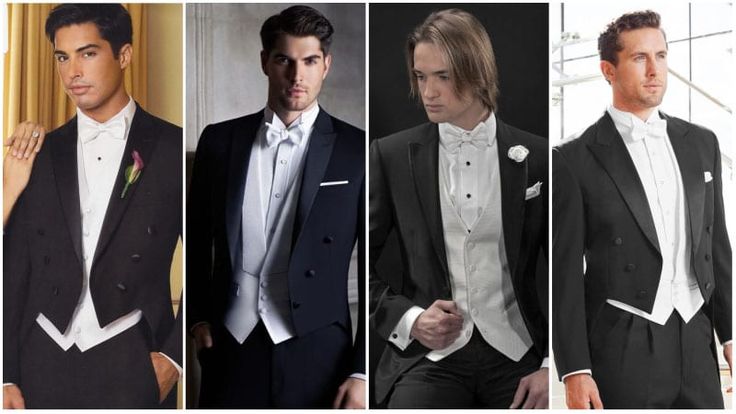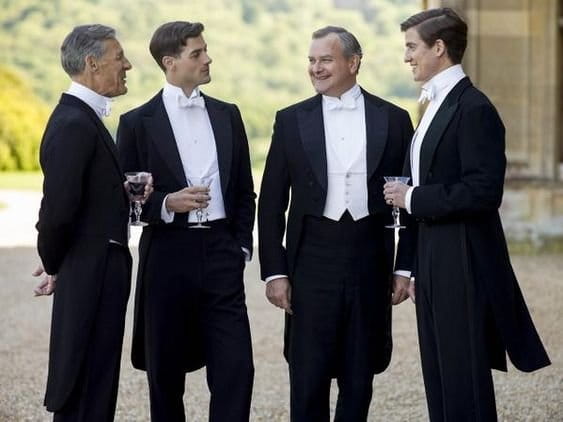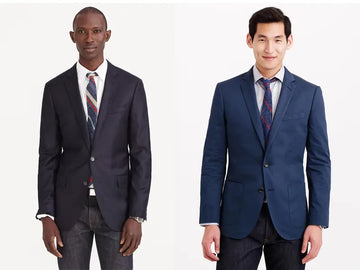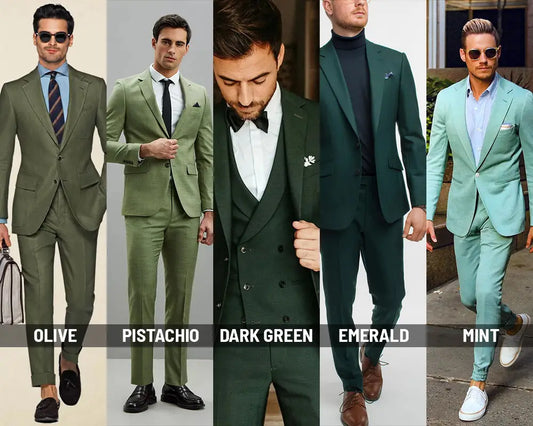Lovely quality , fit as described , absolute bargain , bought shirt for a 50th fancy dress party to go as Tommy Shelby , shirt is so nice I would wear it as a greasy shirt in modern times.
Excellent service trousers were precisely as described/ expected size as ordered 👏 very helpful gentleman thanks







